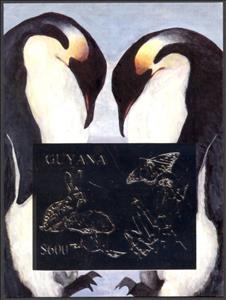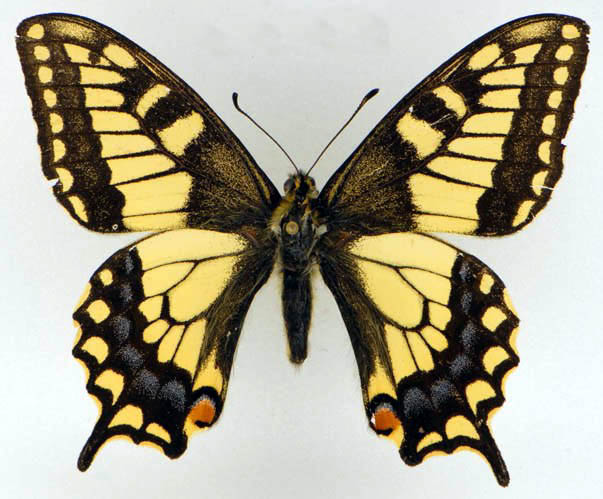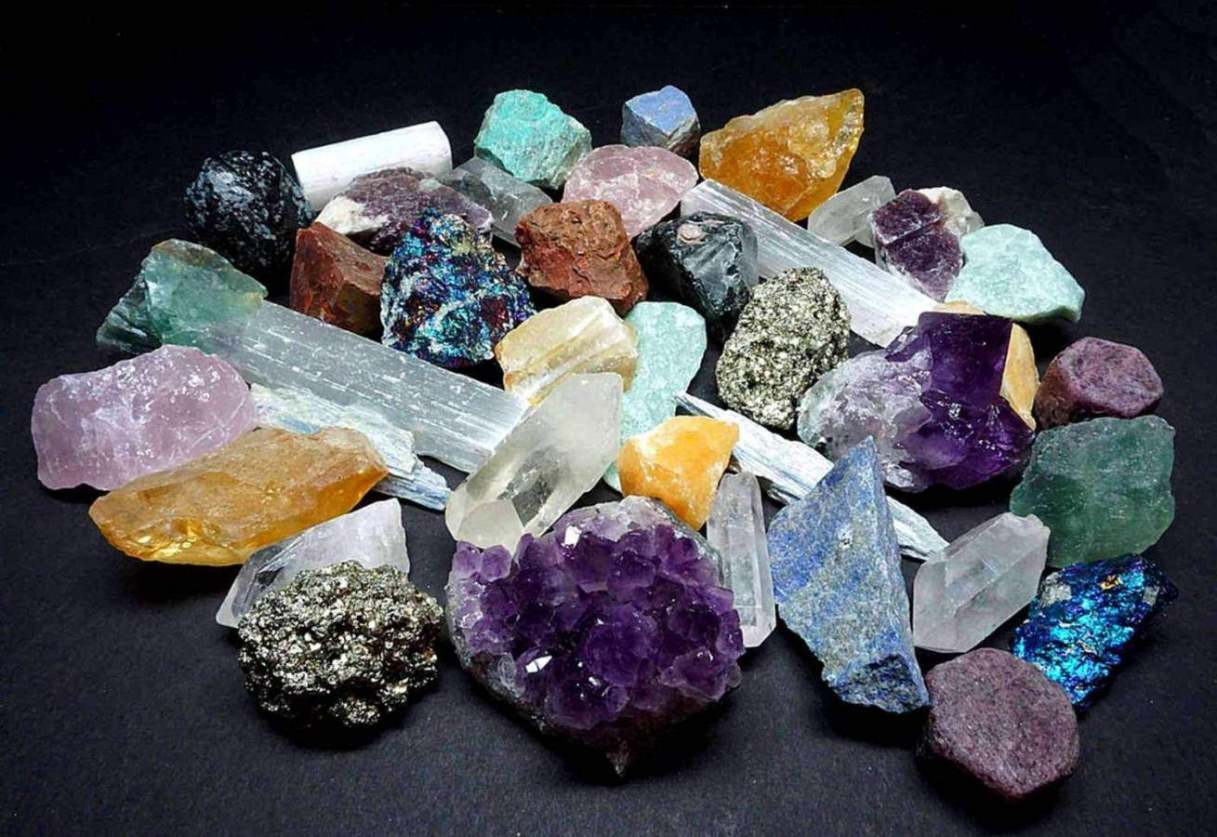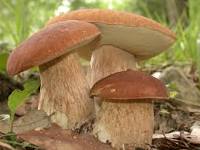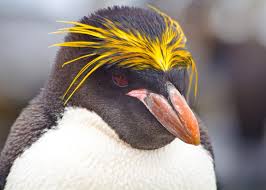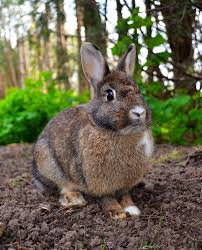Souvenir Sheet: Emperor Penguins, Butterfly, Rabbit, Mushroom, Crystals (Guyana 1993)
Emperor Penguins, Butterfly, Rabbit, Mushroom, Crystals (Guyana 1993)
30 March (Guyana ) within release Nature Conservation goes into circulation Souvenir Sheet Emperor Penguins, Butterfly, Rabbit, Mushroom, Crystals face value 600 Guyanese dollar
| Souvenir Sheet Emperor Penguins, Butterfly, Rabbit, Mushroom, Crystals in catalogues | |
|---|---|
| Michel: | Mi: GY BL253 |
| Colnect codes: | Col: GY 1993.03.30-14 |
Souvenir Sheet is vertical format.
Also in the issue Nature Conservation:
- Stamp - Animals face value 600;
- Stamp - Animals face value 600;
- Stamp - Animals face value 600;
- Stamp - Animals face value 600;
- Stamp - Fishes face value 600;
- Stamp - Fishes face value 600;
- Stamp - Animals Capable of Flight: Giant Gliders, Pterodactyls, Win… face value 600;
- Souvenir Sheet - Animals Capable of Flight: Giant Gliders, Pterodactyls, Win… face value 600;
- Stamp - Animals Capable of Flight: Giant Gliders, Pterodactyls, Win… face value 600;
- Souvenir Sheet - Animals Capable of Flight: Giant Gliders, Pterodactyls, Win… face value 600;
- Souvenir Sheet - Emperor Penguins, Butterfly, Rabbit, Mushroom, Crystals face value 600;
- Souvenir Sheet - Emperor Penguins, Butterfly, Rabbit, Mushroom, Crystals face value 600;
- Souvenir Sheet - Emperor Penguins, Dolphin, Fish, Coral, Sea Turtle, Mussel,… face value 600;
- Souvenir Sheet - Emperor Penguins, Dolphin, Fish, Coral, Sea Turtle, Mussel,… face value 600;
- Souvenir Sheet - Emperor Penguins, Giant Gliders, Pterosaurs, Windmill, Butt… face value 600;
- Souvenir Sheet - Emperor Penguins, Giant Gliders, Pterosaurs, Windmill, Butt… face value 600;
- Stamp - Forest Animals: Butterfly, Rabbit, Mushroom, Crystals face value 600;
- Souvenir Sheet - Forest Animals: Butterfly, Rabbit, Mushroom, Crystals face value 600;
- Stamp - Forest Animals: Butterfly, Rabbit, Mushroom, Crystals face value 600;
- Souvenir Sheet - Forest Animals: Butterfly, Rabbit, Mushroom, Crystals face value 600;
- Stamp - Marine Animals: Dolphin, Fish, Coral, Sea Turtle, Mussel, W… face value 600;
- Souvenir Sheet - Marine Animals: Dolphin, Fish, Coral, Sea Turtle, Mussel, W… face value 600;
- Stamp - Marine Animals: Dolphin, Fish, Coral, Sea Turtle, Mussel, W… face value 600;
- Souvenir Sheet - Marine Animals: Dolphin, Fish, Coral, Sea Turtle, Mussel, W… face value 600;
Souvenir Sheet Emperor Penguins, Butterfly, Rabbit, Mushroom, Crystals it reflects the thematic directions:
Animals are multicellular, eukaryotic organisms of the kingdom Animalia (also called Metazoa). All animals are motile, meaning they can move spontaneously and independently, at some point in their lives. Their body plan eventually becomes fixed as they develop, although some undergo a process of metamorphosis later on in their lives. All animals are heterotrophs: they must ingest other organisms or their products for sustenance.
Birds (Aves), a subgroup of Reptiles, are the last living examples of Dinosaurs. They are a group of endothermic vertebrates, characterised by feathers, toothless beaked jaws, the laying of hard-shelled eggs, a high metabolic rate, a four-chambered heart, and a strong yet lightweight skeleton. Birds live worldwide and range in size from the 5 cm (2 in) bee hummingbird to the 2.75 m (9 ft) ostrich. They rank as the class of tetrapods with the most living species, at approximately ten thousand, with more than half of these being passerines, sometimes known as perching birds. Birds are the closest living relatives of crocodilians.
Lepidoptera or lepidopterans is an order of winged insects which includes butterflies and moths. About 180,000 species of the Lepidoptera have been described, representing 10% of the total described species of living organisms, making it the second largest insect order (behind Coleoptera) with 126 families and 46 superfamilies, and one of the most widespread and widely recognizable insect orders in the world
Environmental protection is the practice of protecting the natural environment by individuals, groups and governments.Its objectives are to conserve natural resources and the existing natural environment and, where it is possible, to repair damage and reverse trends.
In geology and mineralogy, a mineral or mineral species is, broadly speaking, a solid substance with a fairly well-defined chemical composition and a specific crystal structure that occurs naturally in pure form
A mushroom (or toadstool) is the fleshy, spore-bearing fruiting body of a fungus, typically produced above ground on soil or on its food source. The standard for the name "mushroom" is the cultivated white button mushroom, Agaricus bisporus; hence the word "mushroom" is most often applied to those fungi (Basidiomycota, Agaricomycetes) that have a stem (stipe), a cap (pileus), and gills (lamellae, sing. lamella) on the underside of the cap. These gills produce microscopic spores that help the fungus spread across the ground or its occupant surface. "Mushroom" describes a variety of gilled fungi, with or without stems, and the term is used even more generally, to describe both the fleshy fruiting bodies of some Ascomycota and the woody or leathery fruiting bodies of some Basidiomycota, depending upon the context of the word. Forms deviating from the standard morphology usually have more specific names, such as "bolete", "puffball", "stinkhorn", and "morel", and gilled mushrooms themselves are often called "agarics" in reference to their similarity to Agaricus or their order Agaricales. By extension, the term "mushroom" can also designate the entire fungus when in culture; the thallus (called a mycelium) of species forming the fruiting bodies called mushrooms; or the species itself.
Penguins are a group of aquatic flightless birds from the family Spheniscidae (/sfɪˈnɪsɪdiː, -daɪ/) of the order Sphenisciformes (/sfɪˈnɪsəfɔːrmiːz/). They live almost exclusively in the Southern Hemisphere: only one species, the Galápagos penguin, is found north of the Equator. Highly adapted for life in the ocean water, penguins have countershaded dark and white plumage and flippers for swimming. Most penguins feed on krill, fish, squid and other forms of sea life which they catch with their bills and swallow whole while swimming. A penguin has a spiny tongue and powerful jaws to grip slippery prey
Rabbits are small mammals in the family Leporidae (which also includes the hares), which is in the order Lagomorpha (which also includes pikas). The European rabbit, Oryctolagus cuniculus is the ancestor of the world's hundreds of breeds of domestic rabbit. Sylvilagus includes 13 wild rabbit species, among them the seven types of cottontail. The European rabbit, which has been introduced on every continent except Antarctica, is familiar throughout the world as a wild prey animal, a domesticated form of livestock and a pet. With its widespread effect on ecologies and cultures, in many areas of the world, the rabbit is a part of daily life – as food, clothing, a companion, and a source of artistic inspiration.
